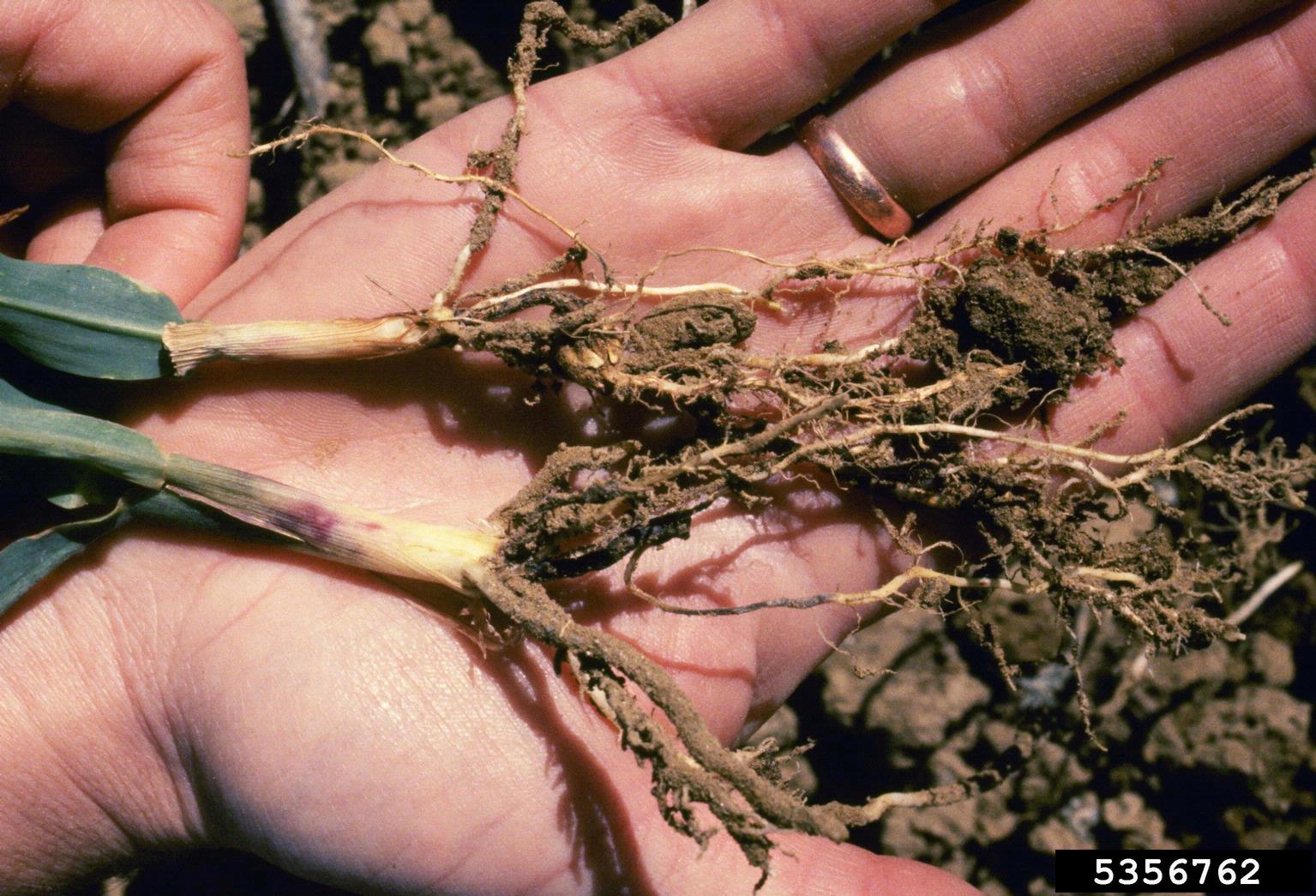Corn Seedlings With Blight: Causes Of Seedling Blight In Corn


Corn in the home garden is a fun addition, not just for the harvest but also for the tall screen you can get with this cereal plant. Unfortunately, there are a number of diseases that may thwart your efforts, including corn seedling blight.
What is Seedling Blight in Corn?
Seedling blight is a disease that affects seeds and seedlings of corn. The blight may occur in the seeds before or after they germinate, and if they sprout, they will show signs of the disease. Causes of seedling blight in corn are soil-borne fungi, including Pythium, Fusarium, Diplodia, Penicillium, and Rhizoctonia.
Symptoms of Corn Seedling Blight
If the disease sets in early, you will see signs of blight in the seeds, which will appear rotten. New stem tissue on seedlings may appear white, gray, or pink, or even dark brown to black. As seedlings grow, the leaves will wilt, yellow, and die.
On the roots, look for signs of rotting, which will appear as brown coloring, a water-soaked appearance, and possibly a pink to green or blue coloring. The above ground symptoms of blight may be similar to those caused by root damage and infection by cutworms or rootworms. It is important to look carefully at the seedling roots to determine if the cause is fungal infection or worms.
The conditions that favor infection fungi that cause corn seedling blight include soils that are wet and cool. Corn planted early or planted in areas that don’t drain well and get standing water are more likely to be affected.
Corn Seedling Blight Treatment and Management
Prevention of growing corn seedlings with blight is the best first strategy in the management of this disease. Make sure you grow corn where the soil will drain well and avoid planting your corn too early in the spring. You may also be able to find resistant varieties of corn to plant, although these generally resist one or two pathogens, but not all.
You can also treat seeds with a fungicide before planting. Apron, or mefenoxam, is most commonly used to prevent an infection of seedling blight. It is only effective against Pythium infections though. Crop rotation can help manage this disease as well, as the fungi tend to persist in the soil.
Gardening tips, videos, info and more delivered right to your inbox!
Sign up for the Gardening Know How newsletter today and receive a free copy of our e-book "How to Grow Delicious Tomatoes".
With all of these good practices, you can minimize, if not completely avoid, infection and damage caused by corn seedling blight.

Mary Ellen Ellis has been gardening for over 20 years. With degrees in Chemistry and Biology, Mary Ellen's specialties are flowers, native plants, and herbs.
-
 Zinnias On Repeat: 10 Glorious Cut-And-Come-Again Varieties For Endless Summer Bouquets
Zinnias On Repeat: 10 Glorious Cut-And-Come-Again Varieties For Endless Summer BouquetsThese zinnia varieties keep giving all summer, making them the perfect choice for dedicated cutting gardens – or just the occasional homegrown bouquet.
By Ellen Wells
-
 Create A Romantic Garden Straight Out Of Bridgerton: Regency Era Romance In Your Garden
Create A Romantic Garden Straight Out Of Bridgerton: Regency Era Romance In Your GardenTry some romantic garden ideas straight out of Bridgerton. Flowers and gardens in the Regency era were lush and charming and you can get the same look!
By Bonnie L. Grant